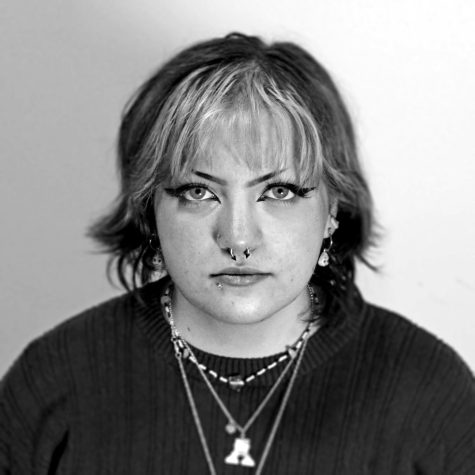“It was very weird to be standing there in real time watching a news cast that way live, and actually see the plane hit.” – Betsy Goy
At the University of Illinois, junior Betsy Goy had just woken up to get ready for her first class. It started around noon today, so she had time to sleep in. When she did get up, she found some of her friends staring anxiously at the TV while others frantically run around talking to each other about a plane hitting the World Trade Center.
The panic written all over everyone’s faces confused Goy, so she watched the TV with them. Suddenly, a second plane collided with the South Tower. Ash and smoke billowed up and loose papers flew with the debris. Shock trickled through everyone’s fear-stricken features. It didn’t feel real to be watching live footage and see the damage in real-time.
Everyone sat together on the couch trying to watch and keep track of what was going on around them. Goy was worried about her parents, afraid that Chicago might be next city attacked. No one knew the true extent of the situation, and everyone wanted to go and see their parents, as war could be on the horizons for the U.S.
People flooded gas stations trying to get gas. Over 30 cars sat in line, waiting in excruciating anticipation. All anyone wanted to do was make sure their family was okay.
Goy called her parents. No one knew what to do, including her. All anyone could do was worry and try to get home as fast as they could. The world felt like it had stopped turning — and, for a minute, it had. The world stood still holding its breath.
After September 11, 2001 the U.S. and the rest world collectively began to breathe. Friends helped each other mourn. Family told their stories. Everything felt different, even outside of the U.S., but one thing remained constant: even amongst tragedies, a force pulled people together, a shared desire to help the people mourning as well as help each other heal from experiencing this tragedy.


